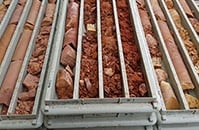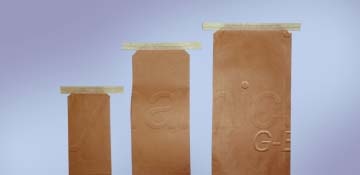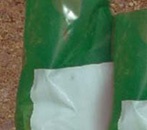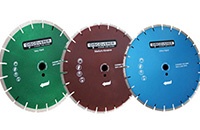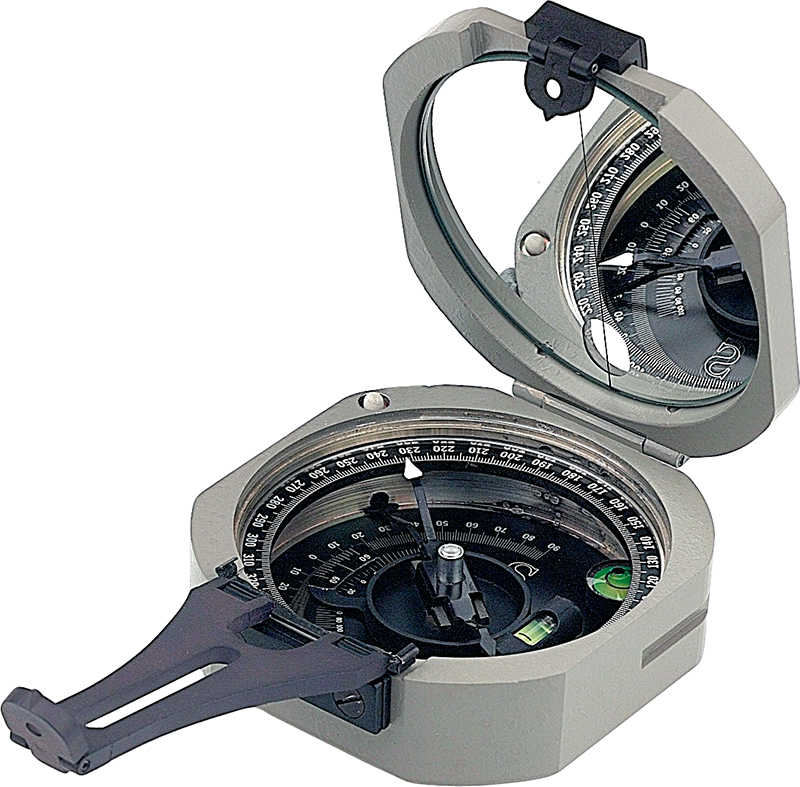
Spencer Dormer
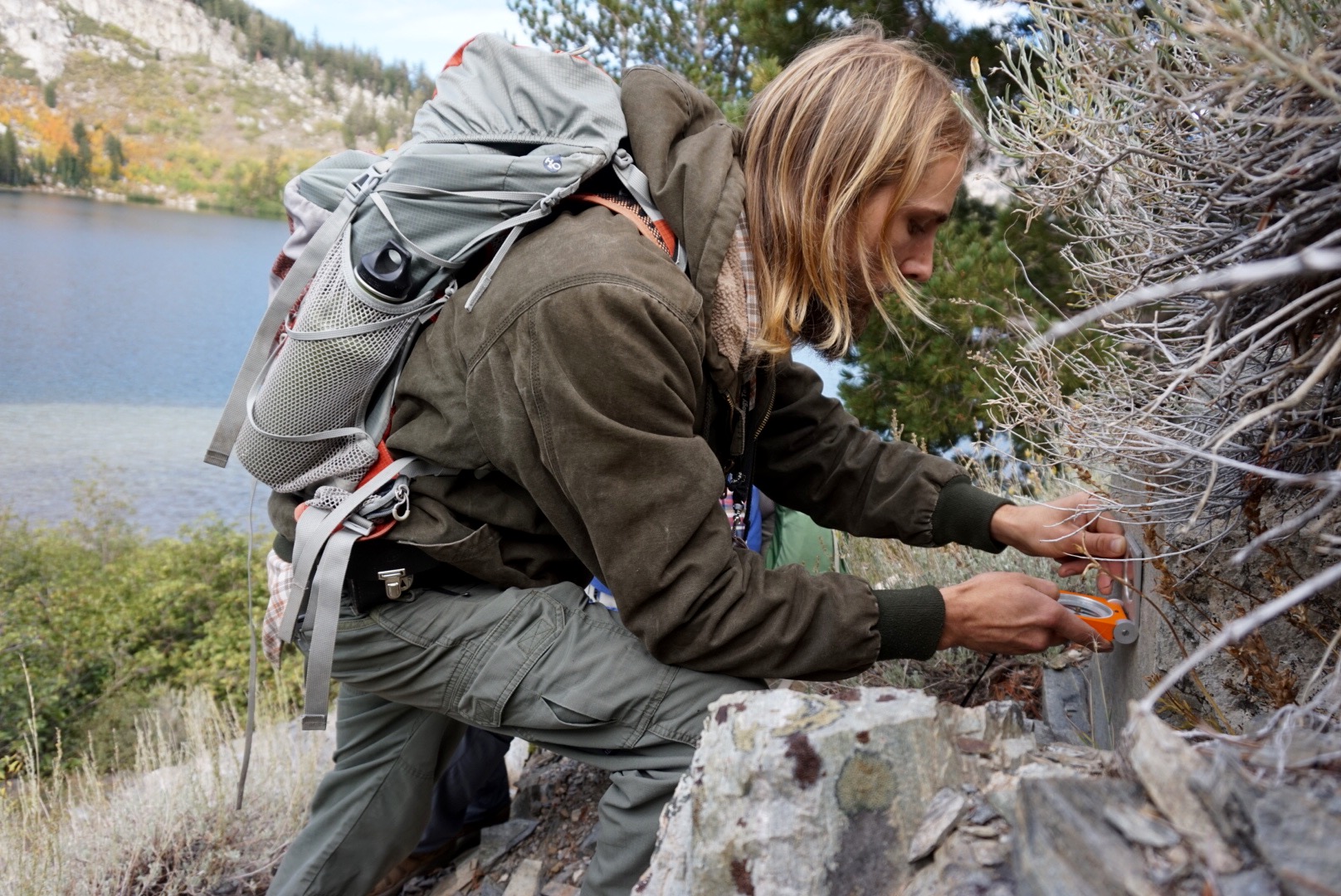
They are called transit compasses by Brunton, geological compasses by Freiberg, and stratum compasses by Breithaupt.
The key features that make a compass a structural compass are the level bubble, an adjustable and locking dip needle, and a vertical circle attached to the lid that allows it to measure azimuth of dip.
As we have always done with articles such as this one, our goal is to help you find the best structural compass for your geological needs.
By far the most common is the Brunton, due to its relatively reasonable price point in comparison to the Freiberg and Breithaupt.
These compasses have a limited worldwide demand; they are handmade and aren't produced for the masses. Hence, these compasses will never be the cheapest tool in your geo kit.
Let's go through each one in detail.
Brunton Geological Transit Compasses
Unlike other compasses using air, oil or liquid for needle movement dampening, US-made Brunton uses 'magnetic induction' damping.
Here are the general user reviews on Brunton as a brand:
Pros:
- Accurate gradation and leveling bubble
- Hinge has dip measurements marked in 5-degree increments, making it easier to read
- Needle is pretty well damped
- The compasses come in both Quadrant (0-90) and Azimuth (0-360) bearings. A quick note on Quadrant vs. Azimuth: It seems most people prefer azimuthal notation because it's the easiest to enter into computer programs which, for example, will plot the data in a stereographic projection. There is basically no right nor wrong choice; it all comes down to preference or what you've been used to. What's more important is the consistency of the method used when recording data.
- Doesn't come cheap, but it's great value for money
Cons:
- Its aluminum body can get ice-cold; plastic housing is recommended for cold areas
- The protrusions at the bottom for tripod mounting can prevent a Geo from taking accurate, low-angle strike measurements
- Some say it needs more handling to get one measurement for structural surveys
- We've heard reports of Bruntons purchased in Australia but balanced for North America. Worse, it's not easy to rebalance and has to be sent to factory for adjustments, which means it cannot be used outside of Australia without another round of balancing.
Brunton has several transit compasses in its professional line, but for purposes of this review, we shall take a closer look at the three main compasses they offer: the basic, the complete (the compasses in between have minimal differences), and the latest - and possibly - the game-changing model.
|
|
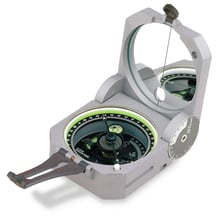 |
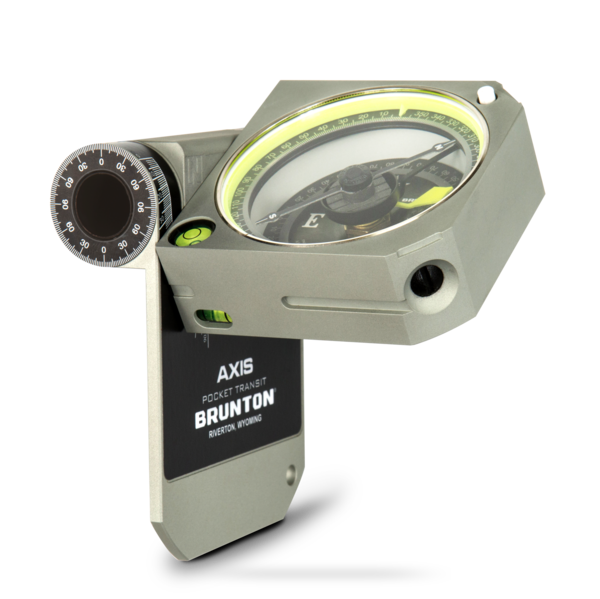 |
|
| Model | 5008 Brunton Compro Composite Transit | 5010 Brunton Geo Transit | 5012 Brunton Axis Transit |
| Description | Your basic Brunton. An ultra light mapping solution. Recommended for backcountry field mappers. | The complete Brunton. The universal mapping tool - works whether you prefer strike & dip or the Clar method. | Designed for geologists by geologists! A twist on the traditional pocket transits and built for easier measurements. |
| Size and Weight | 81x71x 33 mm, 161 g | 96x71x33 mm, 362 g | 100x71x30 mm (when closed), 354 g |
| Specific Pros |
Brunton doesn't tell us what comprises its 'composite' body, but it looks and feels like heavy duty plastic, which makes it the lightest in the entire Brunton line. This material could also be the reason for its lower price point. |
The compass direction can be read from the compass needle position, and the dip angle from the small protractor on the side. This avoids the need to sit or lie on the ground to read the bubble level (although a bubble level is still available if you want to get dirty). |
The main hinge rotates 360 degrees, making the Axis the only transit that can measure strike and dip, and trend and plunge, simultaneously - on any surface. Its hollow sighting tube through the hinge eliminates the need for a mirror and sighting arm. |
| Specific Cons |
Hard to measure dip due to level being sensitive, which doesn't seem to be a problem found on Brunton's metal counterparts. Also some reports of the mirror falling out easily. |
There could be some difficulty pressing and holding the needle release button when taking bearings. The button is small and hard to depress all the way, since it digs into your finger. If it is only partially depressed, result may not be as accurate. |
One minor issue is that the clinometer does not fully lock by the button; extra care is needed to move compass into horizontal position to avoid shaking movements. Since this model is fairly recent, it remains to be seen if the hinges and axes will get loose with regular use. |
| Cost* | AUD$486+GST | AUD$1067+GST | AUD$1080+GST |
*Cost subject to fluctuate due to exchange rates, and should be used as a guide only.
By most accounts, the Brunton is described to be durable and great quality. As far as pricing goes, it can't be beat in the middle price range. Everyone also seems to rave about the leather case that comes with every purchase of a Brunton.
Freiberg Geological Compasses
The Freiberg is the original structural geology compass and was built according to the specifications of renowned geologist Dr. Eberhard Clar. Freiberger is the company that took the contract to make the first ever geological compass and they’ve been making compasses the same way in Germany ever since. This compass design allows strike and dip to be measured in one step, using the vertical circle for dip angle and the compass for strike direction.
There's only two versions of the Freiberg and they're essentially the same, save that one has a mirror and one doesn't. Not surprisingly, the mirror version is the preferred Freiberg by Geos.
Pros:
- Declination is easy to adjust
- Easy to adjust the counter weight on the needle to account for inclination
- Has bubble levels all over, nice and streamlined
- Can be correctly leveled using the circular and the tubular bubble level
- The compass lid is used to measure dip direction and it also protects the cover glass when the compass is not used
Cons:
- No damping mechanism for the needle, which basically means more time for measurement
- The hinge has dip measurements in 10-degree increments, making it harder to read than the 5-degree increment Bruntons
- Hinges are known to loosen with prolonged use and needs regular re-tightening
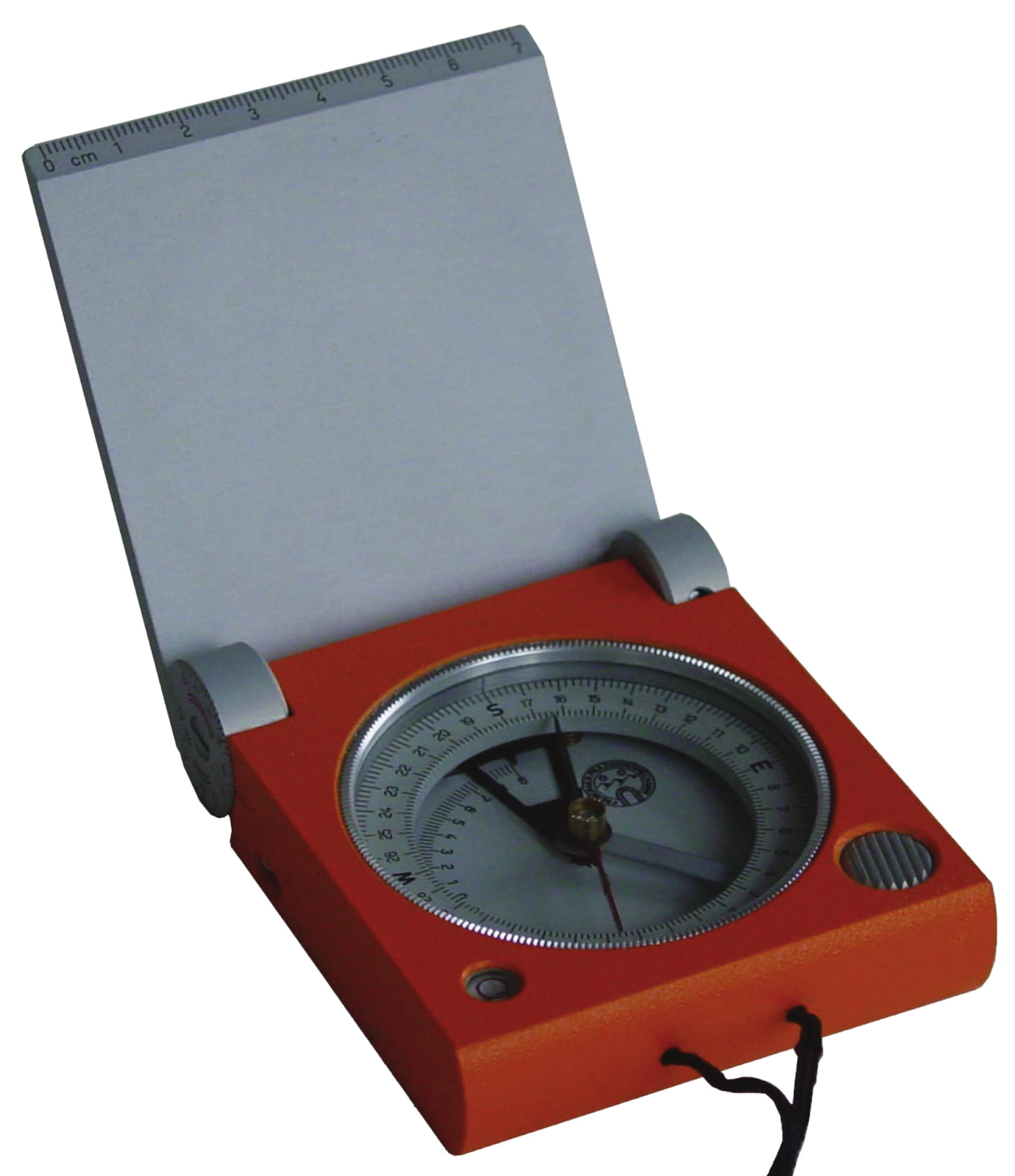 |
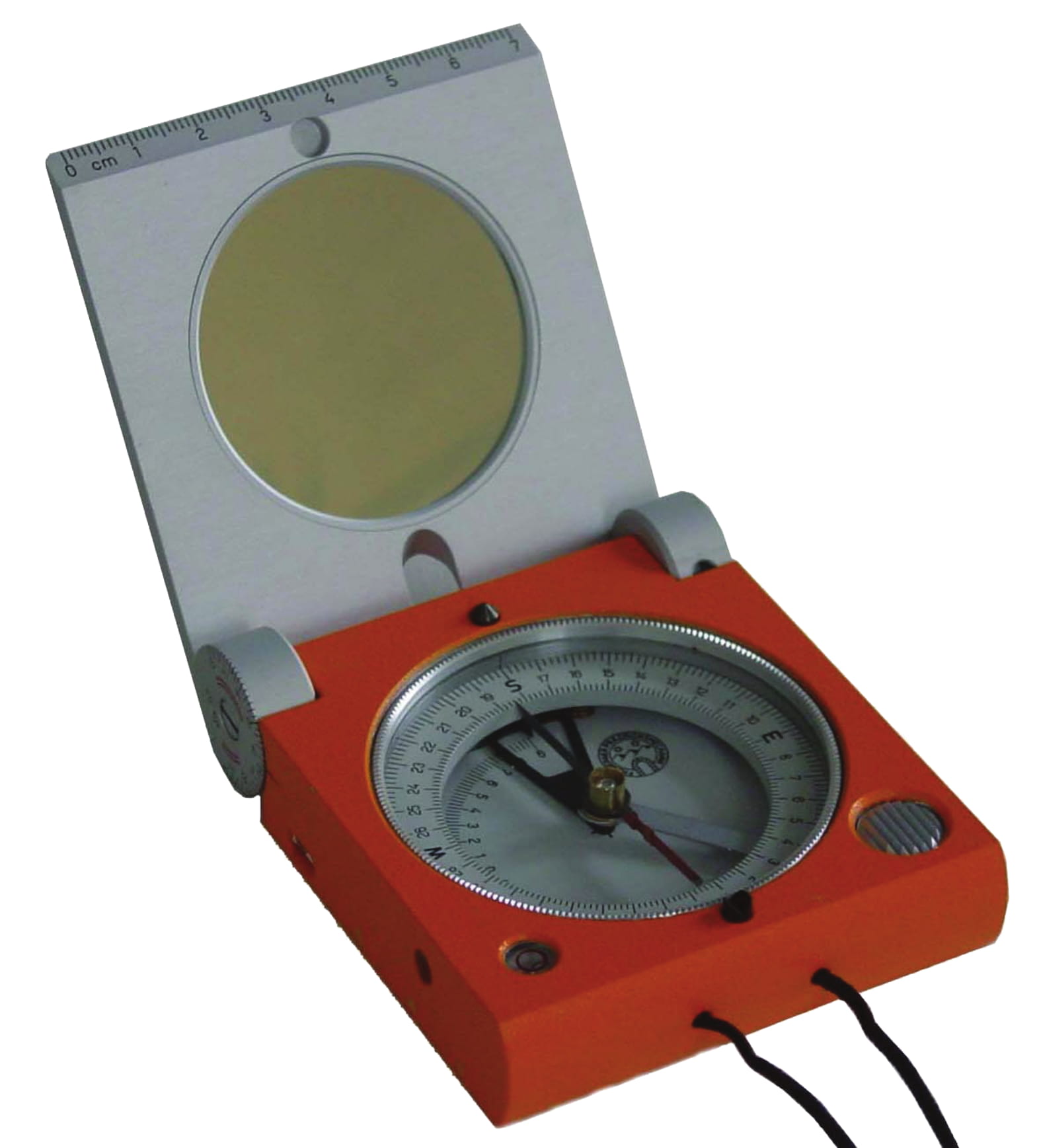 |
|
| Model | Freiberg Geologist's Compass | Freiberg Geologist's Compass with Mirror |
| Description | All-metal. Modern casing. Has a pendulum clinometer. Good for a variety of applications, from surveying underground workings to special structural-geological, deposit-tectonic and engineering-geological rock mechanical work. | Only difference from the regular Freiberg is it has a mirror mounted on the inside of the cover. This, in combination with notch and bead sights on the face of the compass, enables accurate sightings of distant objects. |
| Size and Weight | 93x76x22 mm, 280 g | 93x76x22 mm, 280 g |
| Cost* | AUD$1104+GST | AUD$1220+GST |
*Cost subject to fluctuate due to exchange rates, and should be used as a guide only.
Most Geos agree that the Freiberg is user-friendly and reliable, but some take issue with its lack of damping mechanism for the needle especially with its price range, which is higher than the Bruntons.
And then there is the practical Krant Geological Structural 360° Mirror Compass which is essentially a Freiberg 'non European copy' at a fraction of its price: AUD$687+GST.
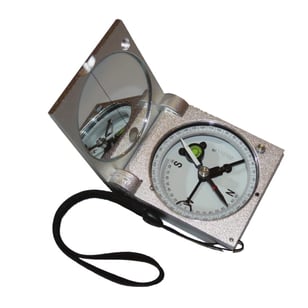
Breithaupt Stratum Compasses
While it has two things in common with the Freiberg - made in Germany and takes stratum measurements according to the Dr. Clar method, the buck stops there. Breithaupt compasses are the better-designed and high-spec version of the Freiberg (bringing with it a hefty price tag for its premium model).
Pros:
-
Has a magnetic needle dampening system, which is one of its greater improvements over the Freiberg
- You can lock the needle in place so that you can move the compass away from an awkward position and still obtain the correct directional reading
- Change declination without having to open up the instrument
- Has a lateral release button to allow you to measure even overhead with one hand if required
- Known to last. We've seen reports of it being used for 50 years and it's still going strong.
Cons:
- The price tag! The top-of-the-line can get you a small car. O_O
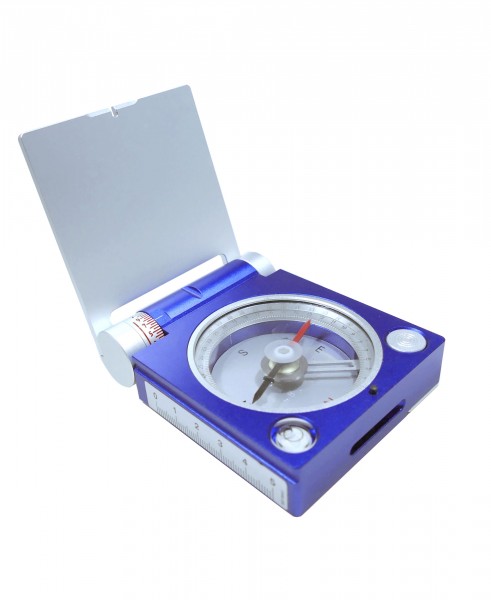 |
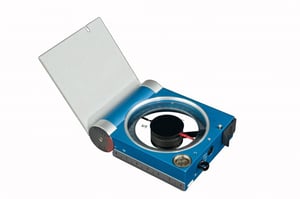 |
|
| Model | Breithaupt Gekom Pro | Breithaupt Cocla |
| Description |
A stratum compass with hinge inclinometer made for rugged use in the field while delivering fast and accurate results. There's another version of the Gekom Pro that comes with a clinometer. |
Top-of-the-line and arguably the gold standard for geological compasses. Intended for performing geological, geophysical, mining and tectonic measurements. |
| Specific Pros |
Has a global needle and works anywhere in the world. |
This compass is unique in that it has a transparent acrylic plate on the base, which allows you to view reading when observing from the bottom up. The side left hinge of the compass also has 60 mm etched graduations, this is the inclinometer and allows you to obtain the dip degree readings easily without having to tip the compass on its side. |
| Size and Weight | 86x70x20 mm, 240 g | 74x96x25 mm, 275 g |
| Cost* | AUD$926+GST | AUD$2268+GST |
*Cost subject to fluctuate due to exchange rates, and should be used as a guide only.
The bottomline is the Breithaupt is the most expensive structural compass there is. But if you measure a lot, year on year as part of your profession, the Breithaupt compass will give you unmatched robustness, accuracy and efficiency.
So there you go. Together with this review of sighting compasses, we hope this article helps you find your next upgrade (if you're an old-timer), or brings you closer to the compass(es) that will keep you company in your geological work and measurements (if you're a newb).
How would you rate your current Brunton, Freiberg and/or Breithaupt? What do you love about it and what would you change about it if you could? Go ahead and tell us in the comments section.










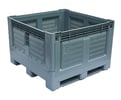
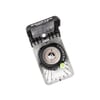
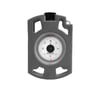
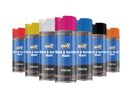
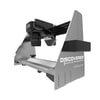


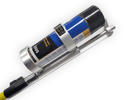
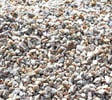
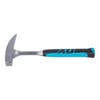
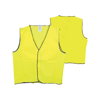

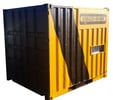
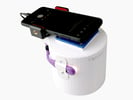
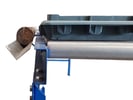
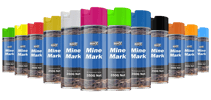
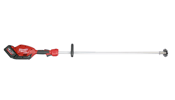
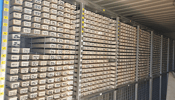





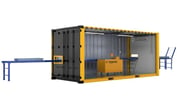

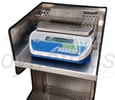
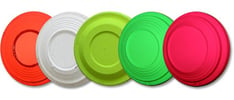
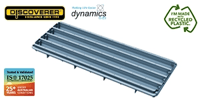
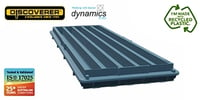
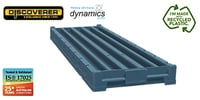

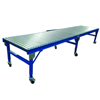
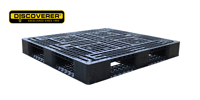
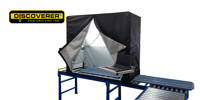
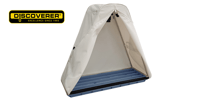


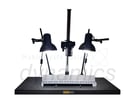
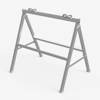
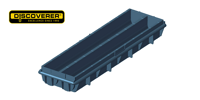

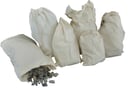
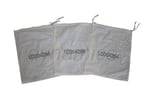
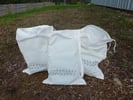




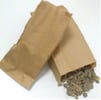


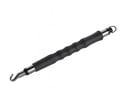
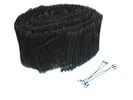
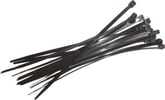

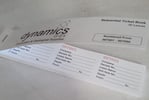
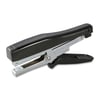

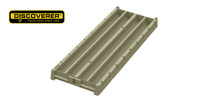
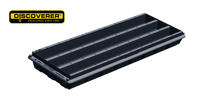
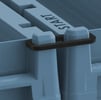
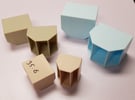
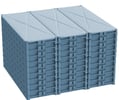

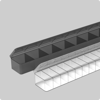
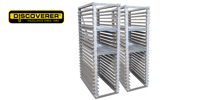
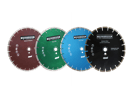

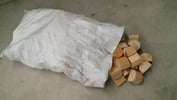
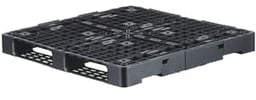
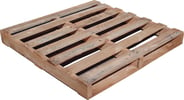
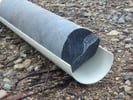

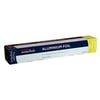

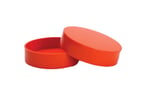

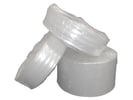


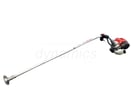
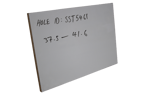
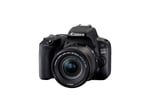
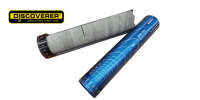
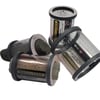
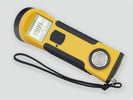

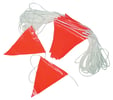

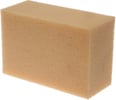
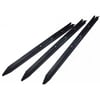
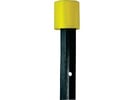
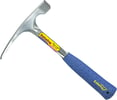
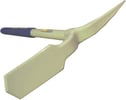
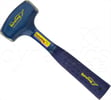
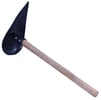

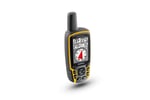
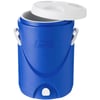


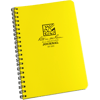
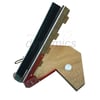


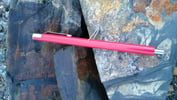
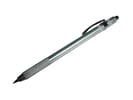
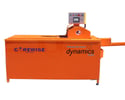

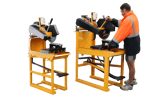
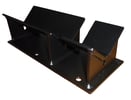

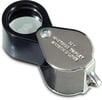




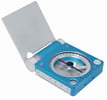



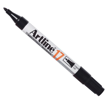

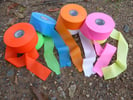
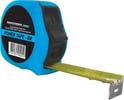

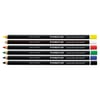
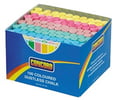






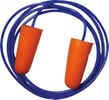
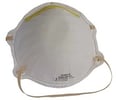
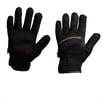

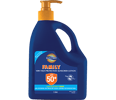

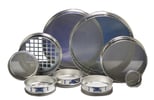

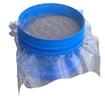
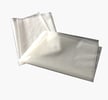








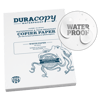




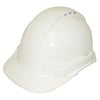
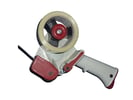
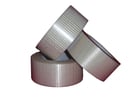

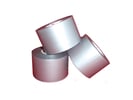
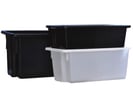


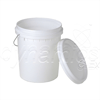
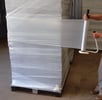
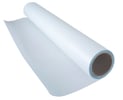
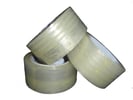

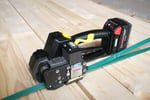



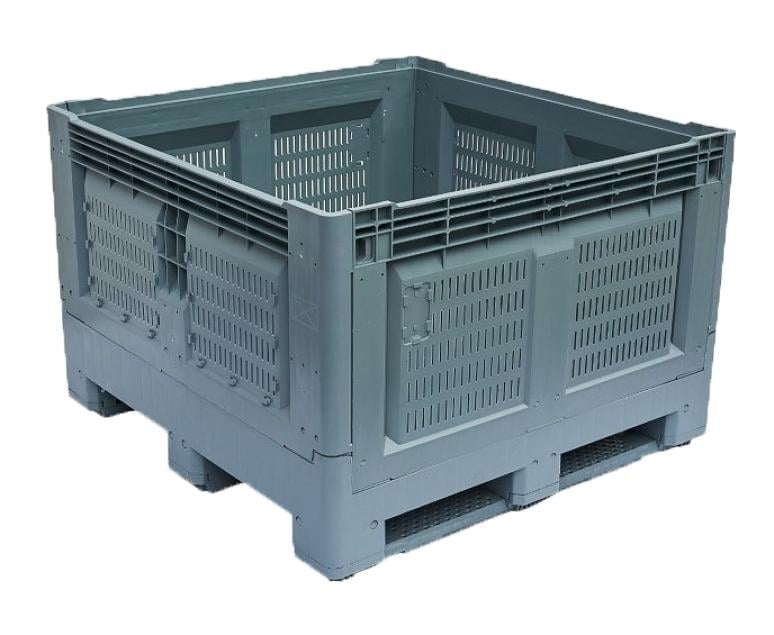

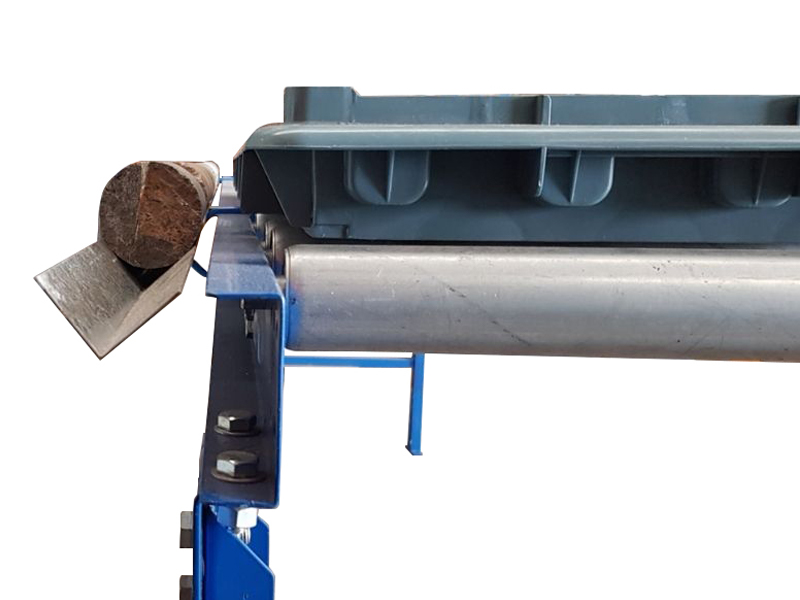
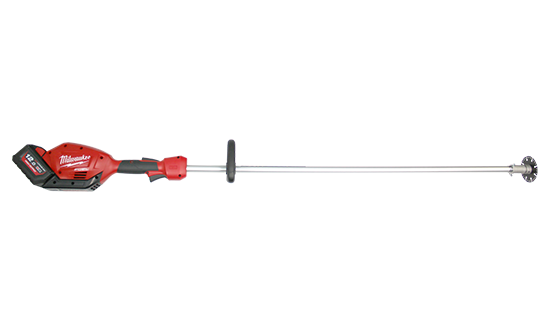
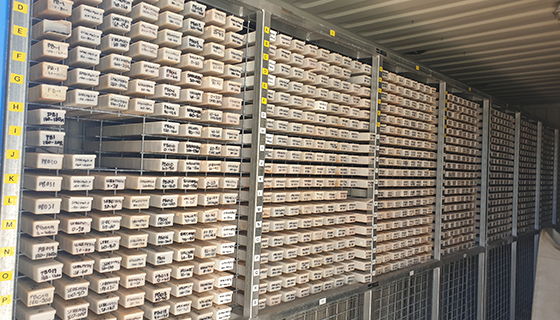
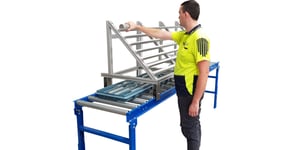
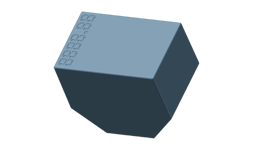


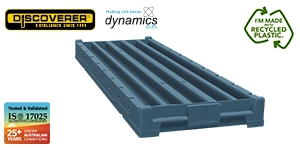

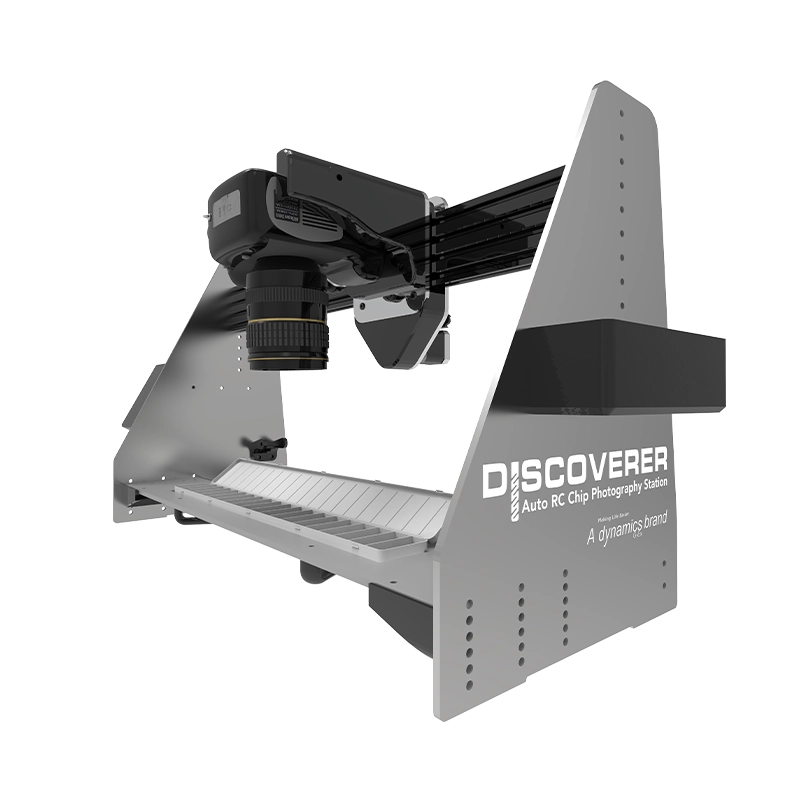
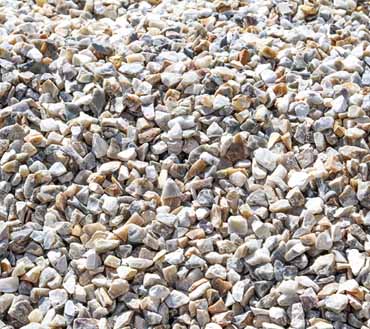
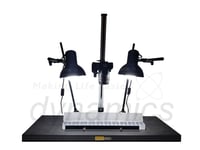
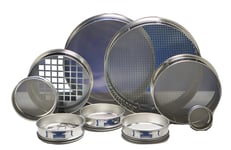
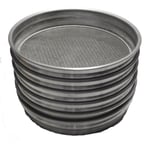
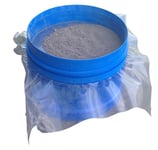
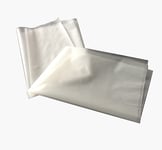
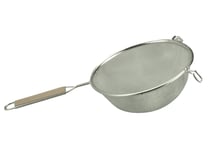
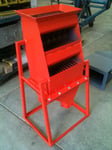
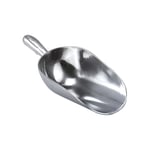
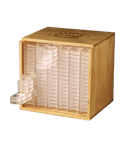

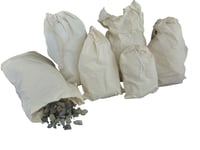
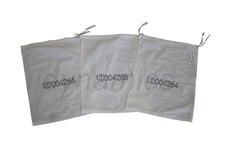
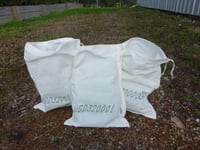
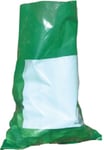
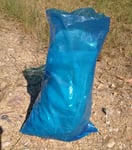
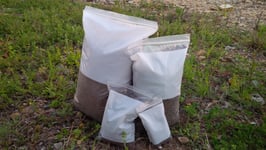
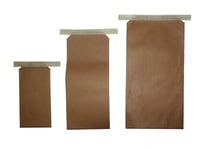
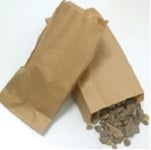
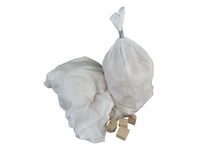
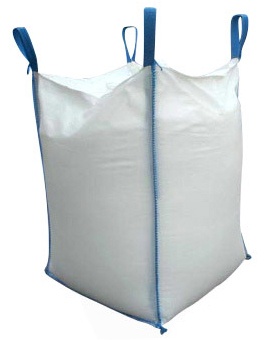
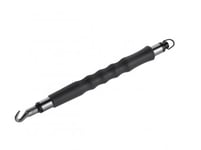
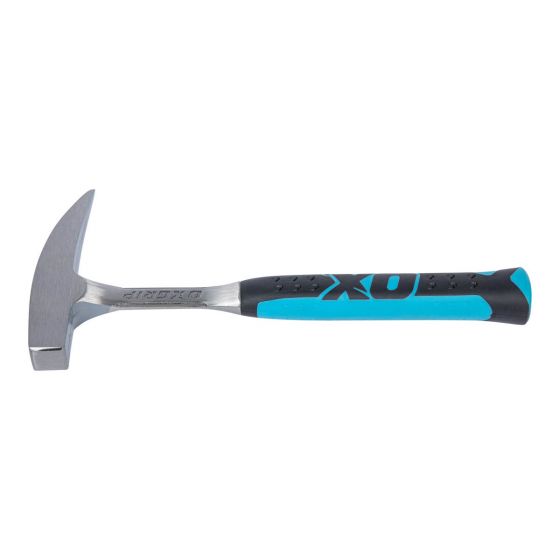
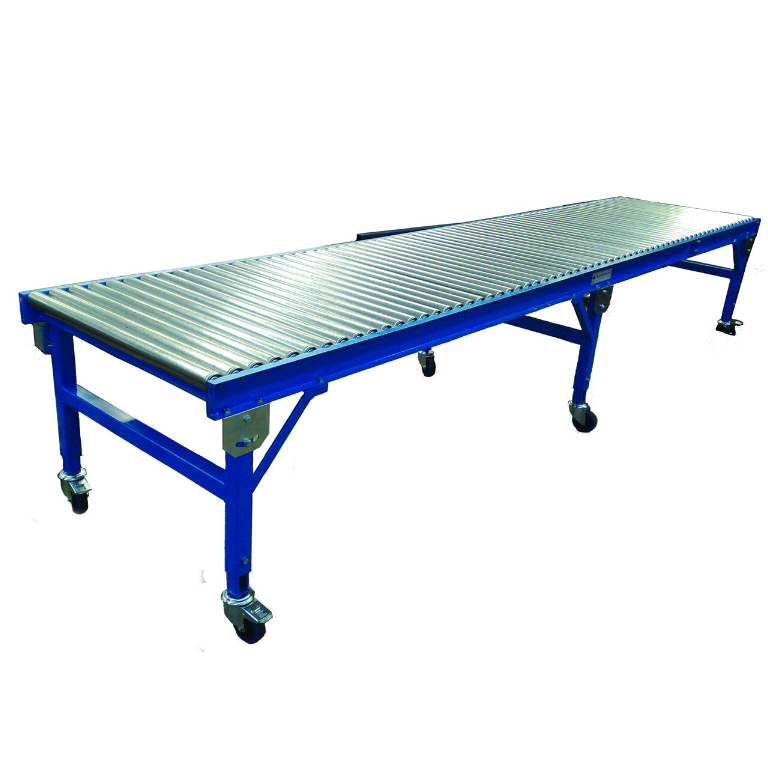
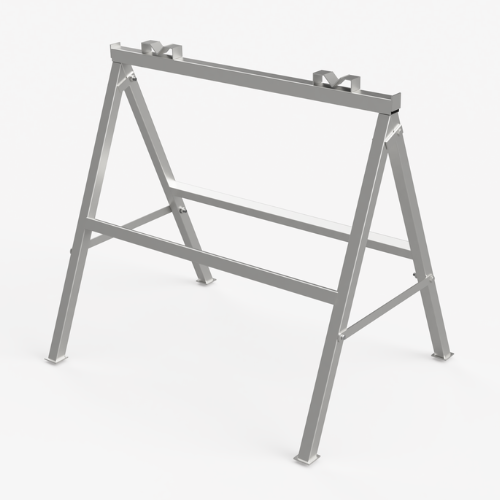
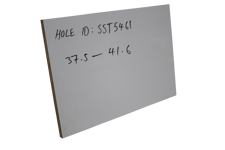
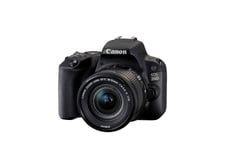
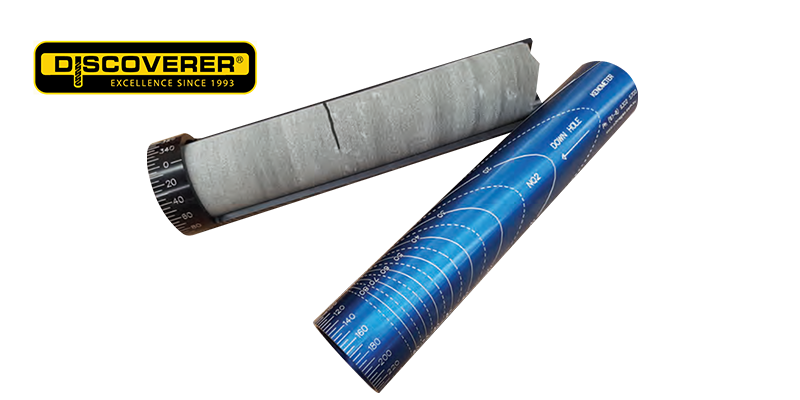
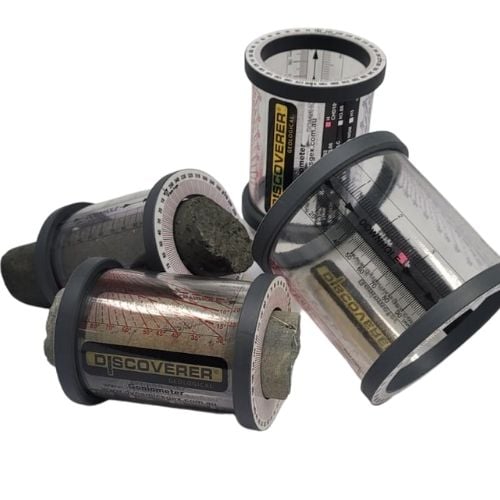
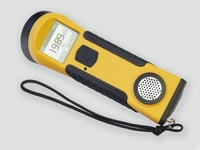

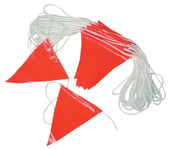
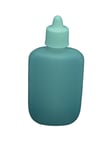
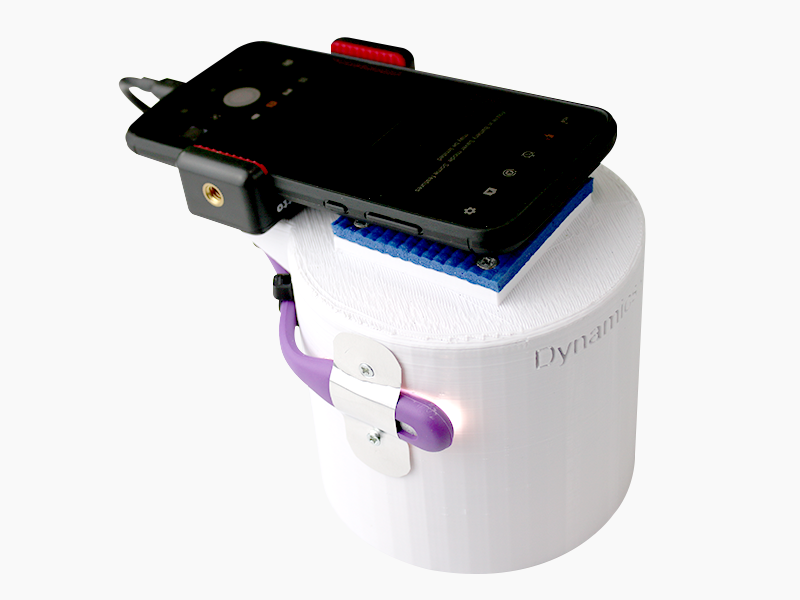
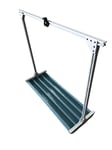
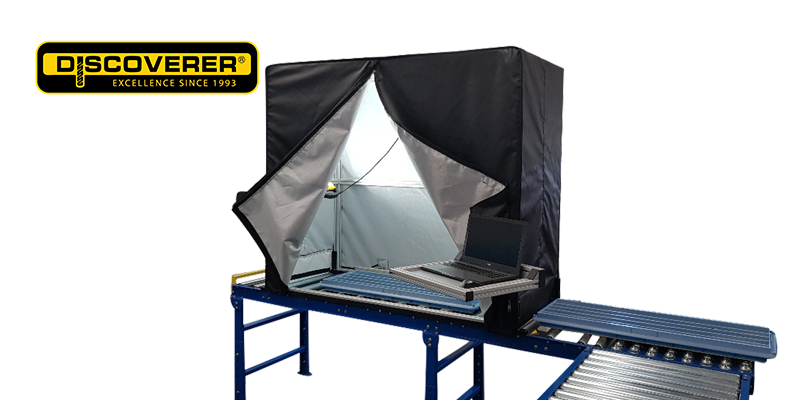
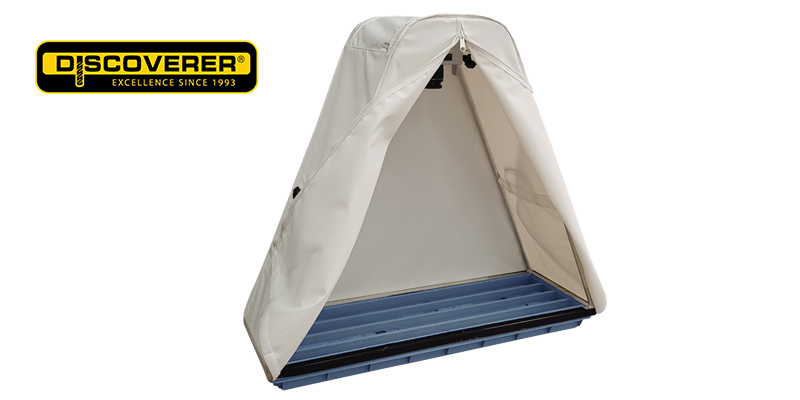
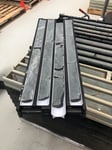
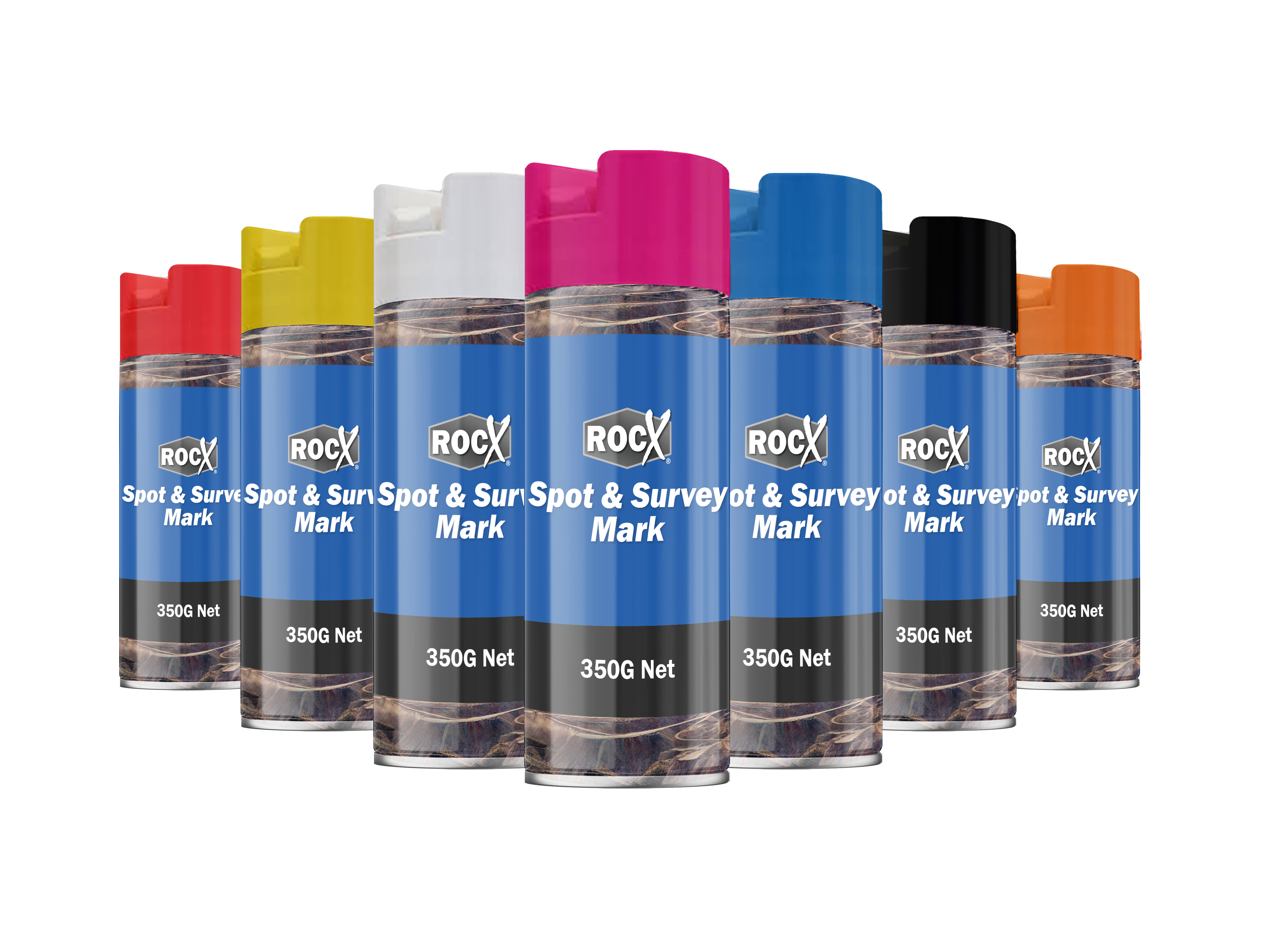

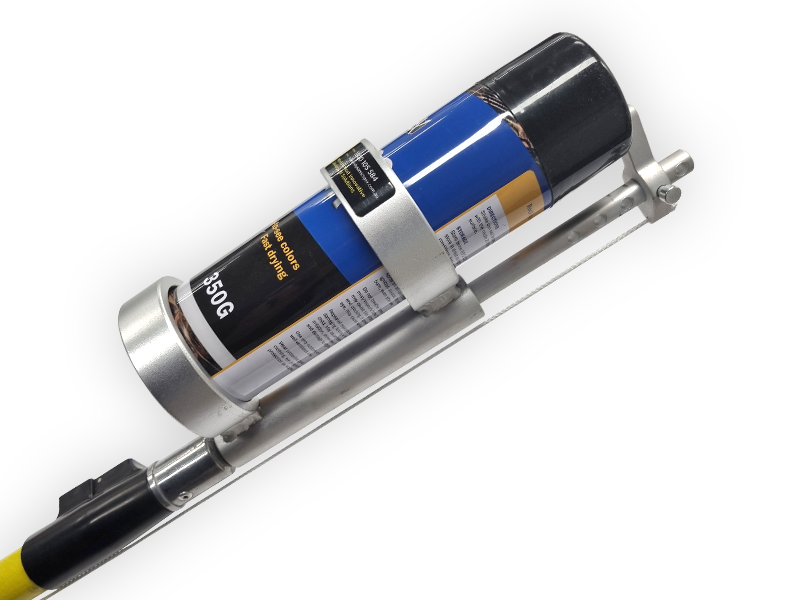
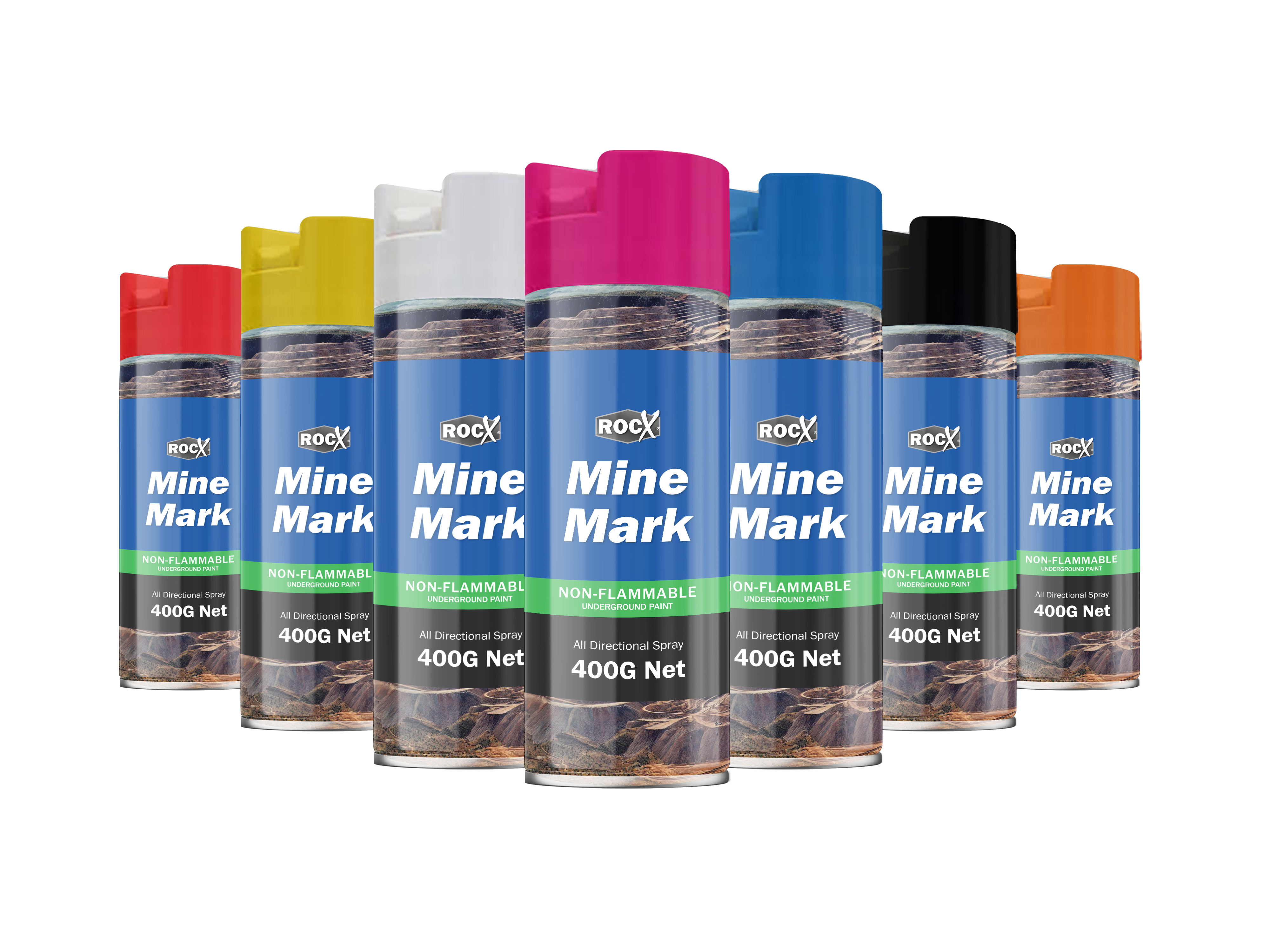
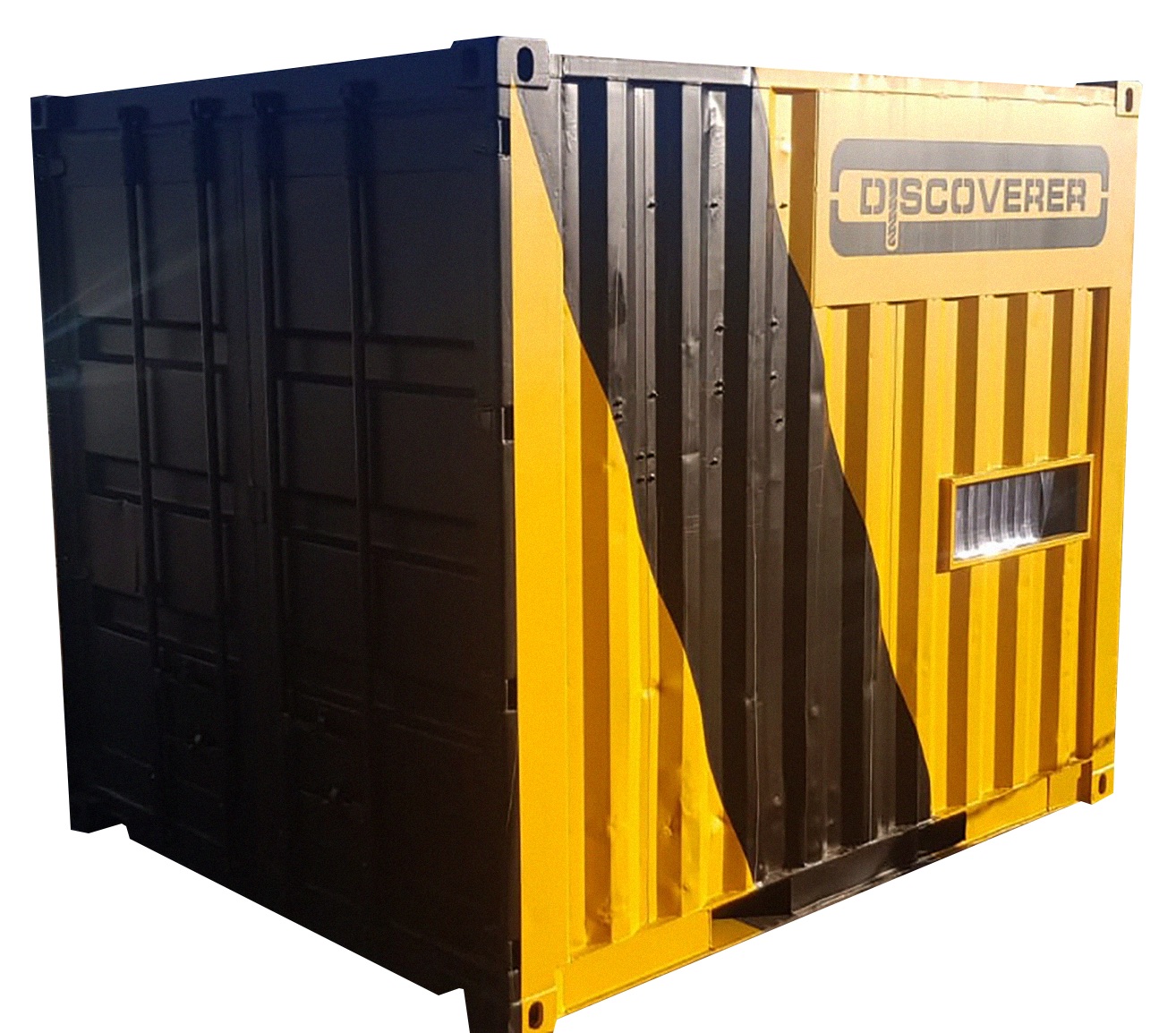
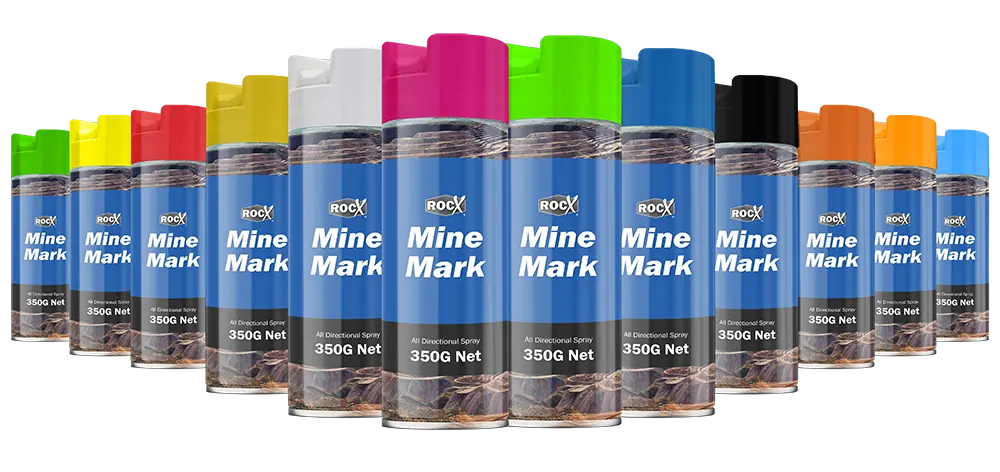
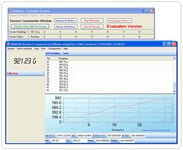
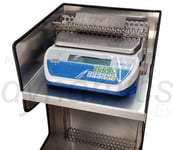
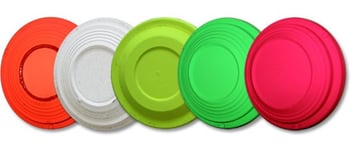

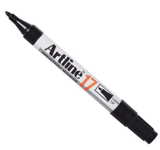

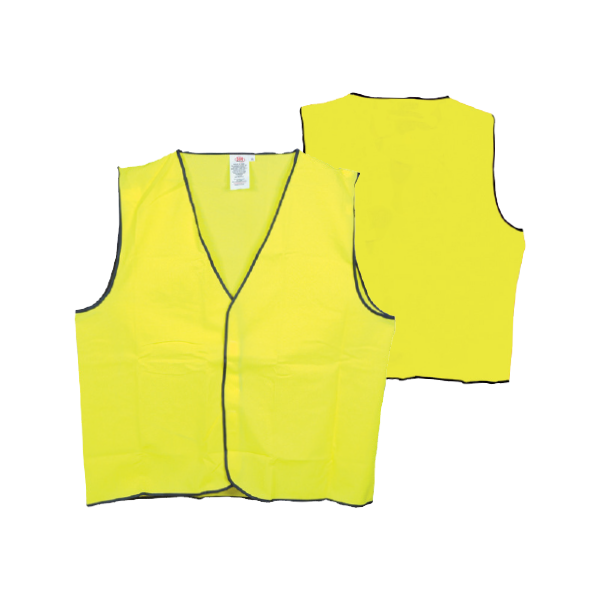

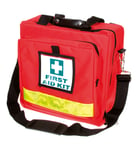

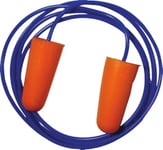
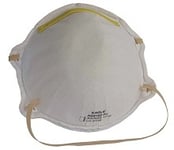
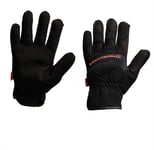

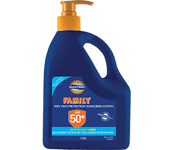

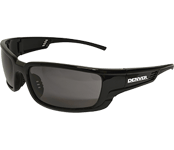

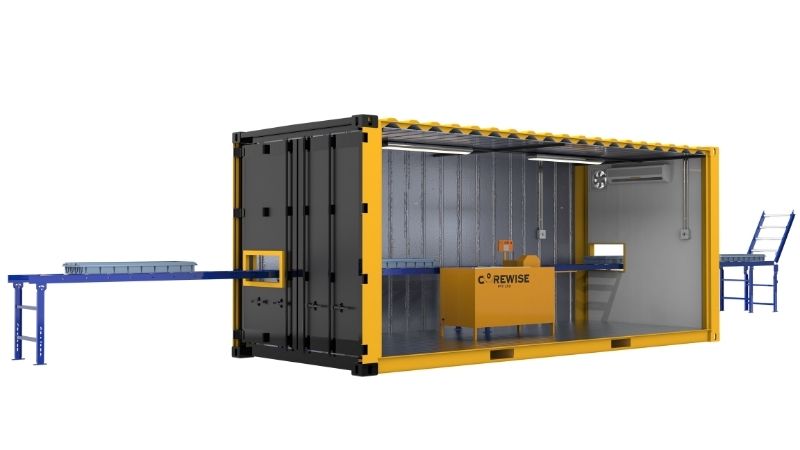
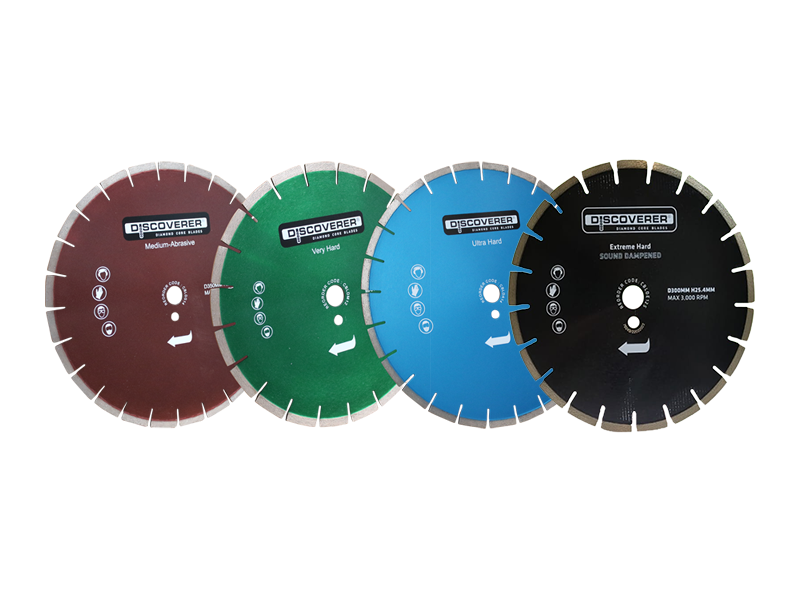
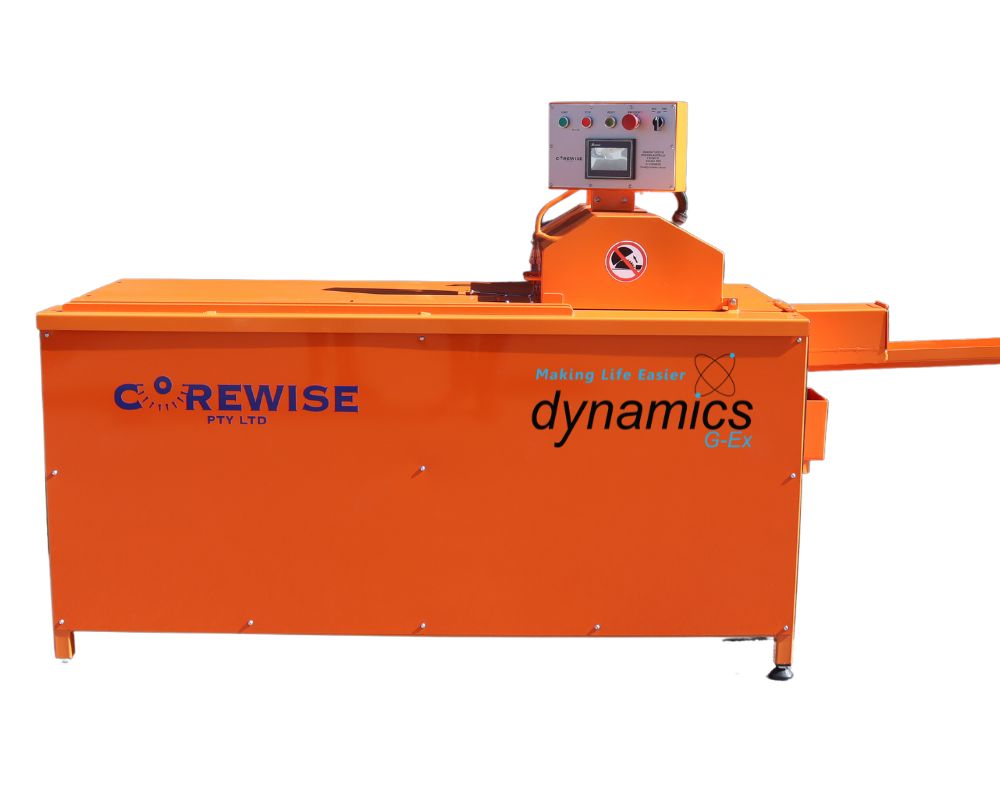
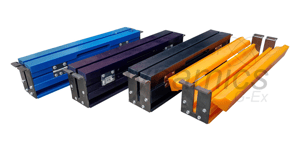
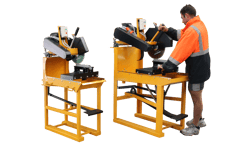
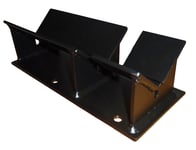
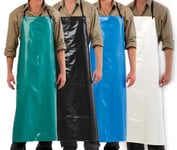
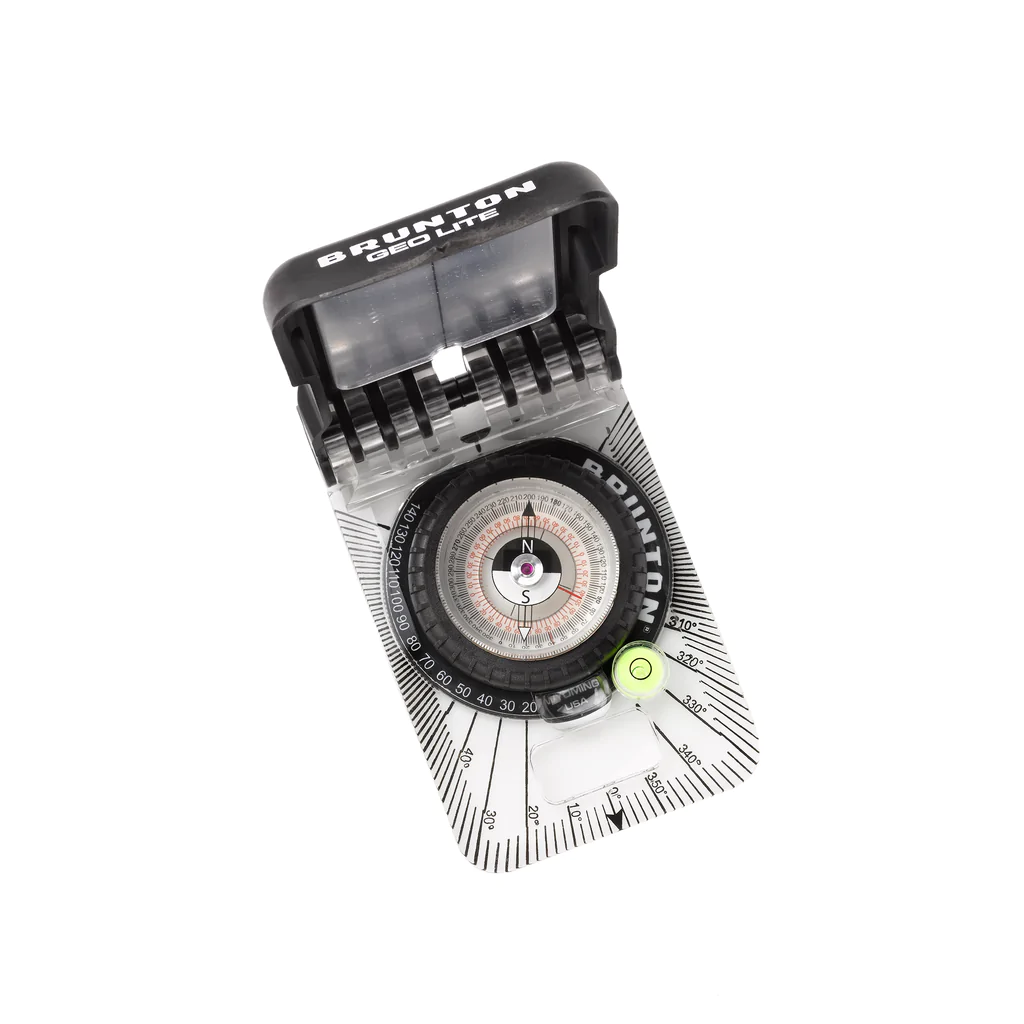
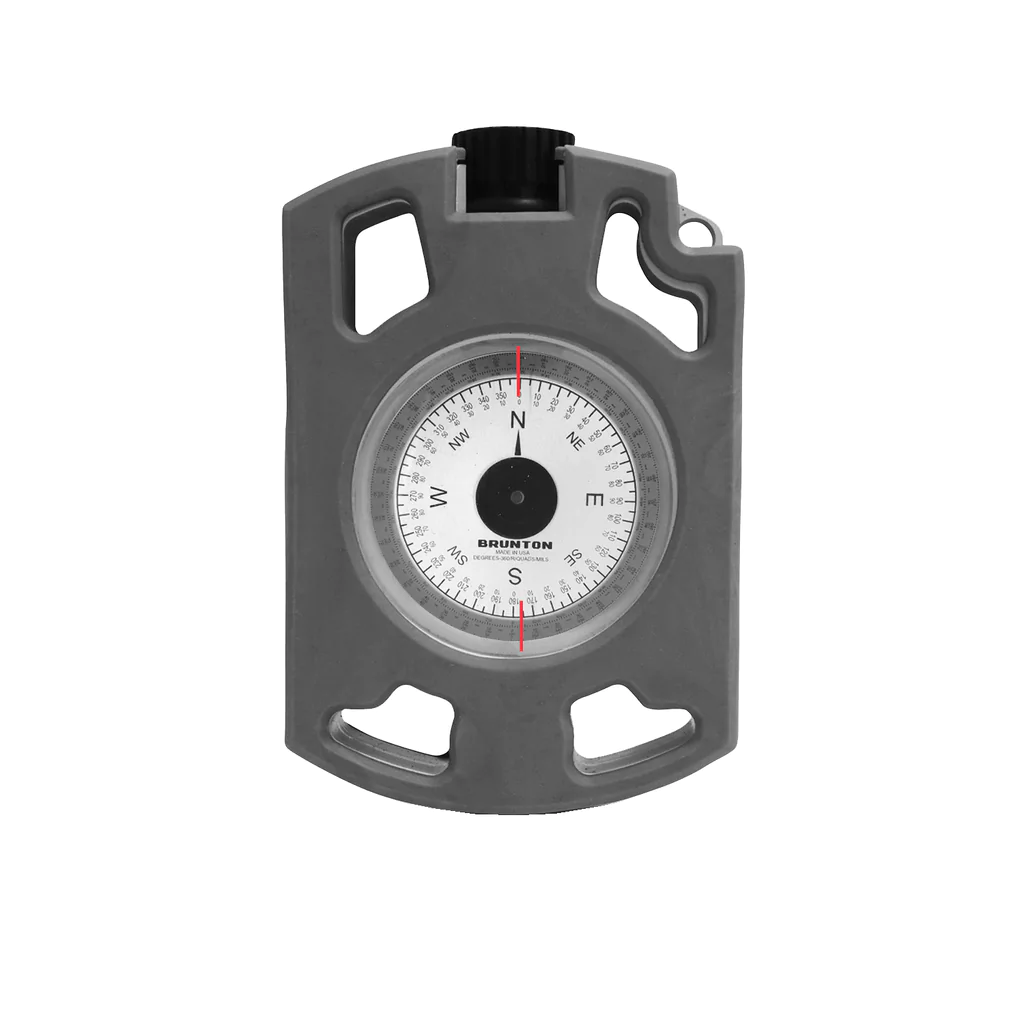
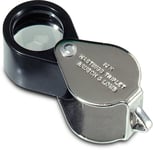
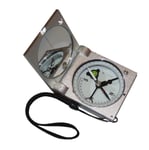
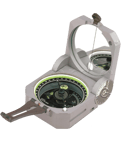
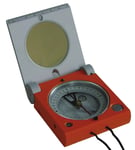
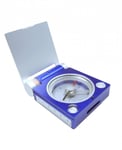
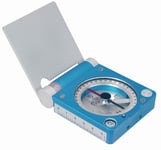
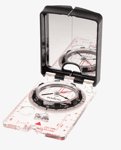
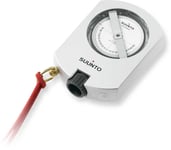
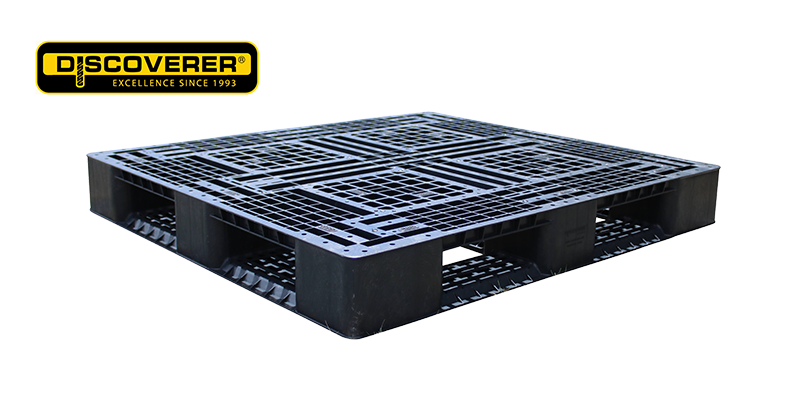
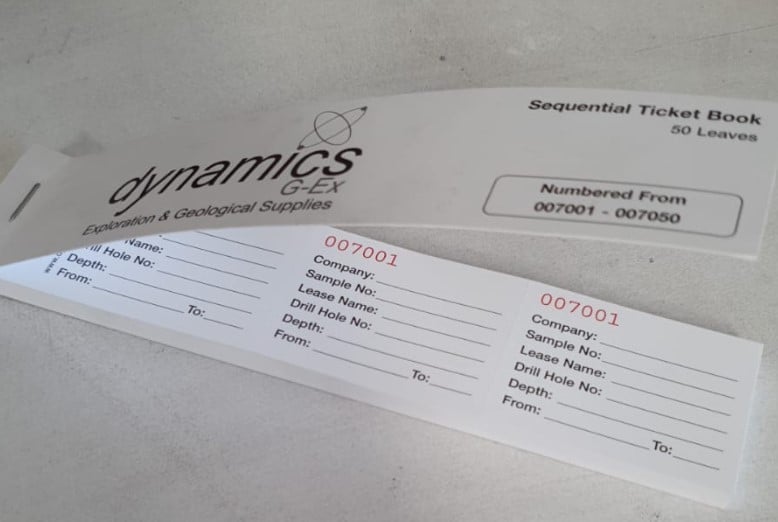
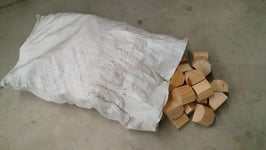
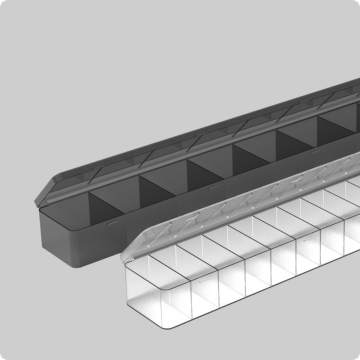

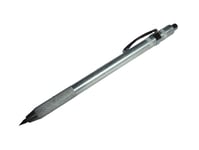

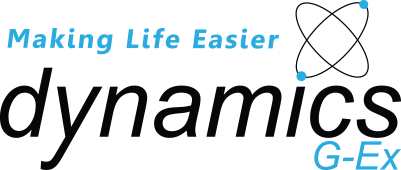
.png)
